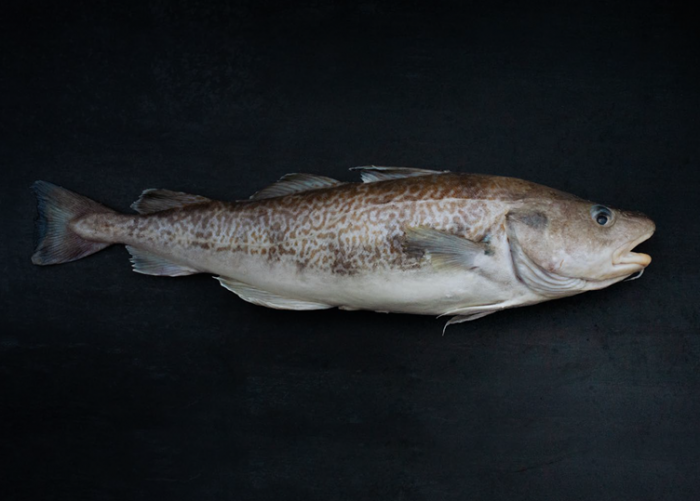
In the early 20th century it was Coca-Cola, in the 1950s it was the cheese fondue, and in the noughties it was the barbeque, but what will the culinary star of the 2020s turn out to be?
Out of the many runners and riders for this accolade, Pacific cod, or Gadus macrocephalus, is a product that has not yet won the limelight that it so rightly deserves.
However, its undeniable excellence, versatility and growing popularity means that this is unlikely to be the case for much longer.
Subtly flavoured and superbly delicate, Pacific cod has the same health benefits as its Atlantic cousin (the star of the UK’s much beloved fish supper) just with a pleasant, slightly firmer texture.
As with many unique products, Gadus macrocephalus is brought to market by a select group of producers, all leading names in the fishing industry with clear ethical and sustainability standards, such as Norebo.
Once a shoal is located and the catch is aboard, the crews proceed to fillet the cod and then freeze the fillet, all within just hours of it being caught, locking in its glorious Pacific freshness.
Make no mistake, this expertise is to the immense benefit of the consumer.
Fresh, frozen at sea cod is chock full of protein and is a superb low-calorie option. It is also brimming with nutrients and vitamins, scientifically proven to keep our bones healthy and strong and it’s also good for digestion and for the immune system.
On the subject of taste, both the Pacific and Atlantic cods have a delightful flavour profile, though the Pacific differs in texture. Its fillets are white as snow and the meat crisp in structure. In terms of beverages, a comparison could be a glass of well-structured yet fine and fresh white wine.
Both types of cod are an essential part of any cook’s seafood arsenal, such are their versatility, and despite the Pacific’s more savoury flavour profile to the Atlantic’s, if you like one, you’ll certainly like the other.
So how is it best served?
The superb texture of Pacific cod makes it very well suited to pan frying or simmering and it is simply exquisite when pan simmered in a broth of sake, rice vinegar and soy sauce.
Bring a mixture of sake, rice vinegar, soy sauce, canola oil and a touch of ginger to a simmer on a medium heat.
Lay your fillets in the broth and then baste them until the flakes of the fish begin to separate, which should take up to a minute per fillet.
After this, let the fish simmer for 5-6 minutes before removing it and allowing the broth to reduce further.
A tablespoon of broth, a serving of jasmine rice, and a garnish of sesame seeds and spring onions later and you’ll have the most divine dinner on the table, to the delight of your friends and family alike.
If you are in somewhat of a rush, perhaps off to the cinema or out for drinks, baked Pacific cod is an equally mouth-watering and even more simple option.
Simply defrost your fillet, or bake from frozen, then add lemon juice and olive oil, season with salt and cayenne pepper and put it in the oven for 10-12 minutes at 205°C and Voilà!
Who’d have thought, especially in the age of cliché motivational quotes, that something so good could be done so easily and in so many different ways.
In the case of Pacific cod, the hard work has been done for you by the crews of fishing companies using skills that have been passed down from generation to generation in local fishing communities.
If you are interested in trying great and all natural Pacific cod, look for companies that support sustainability and ethical work, such as Norebo. The talents of sustainable producers are much appreciated, no doubt, and when you cook with Pacific cod, everyone will appreciate your choice.









